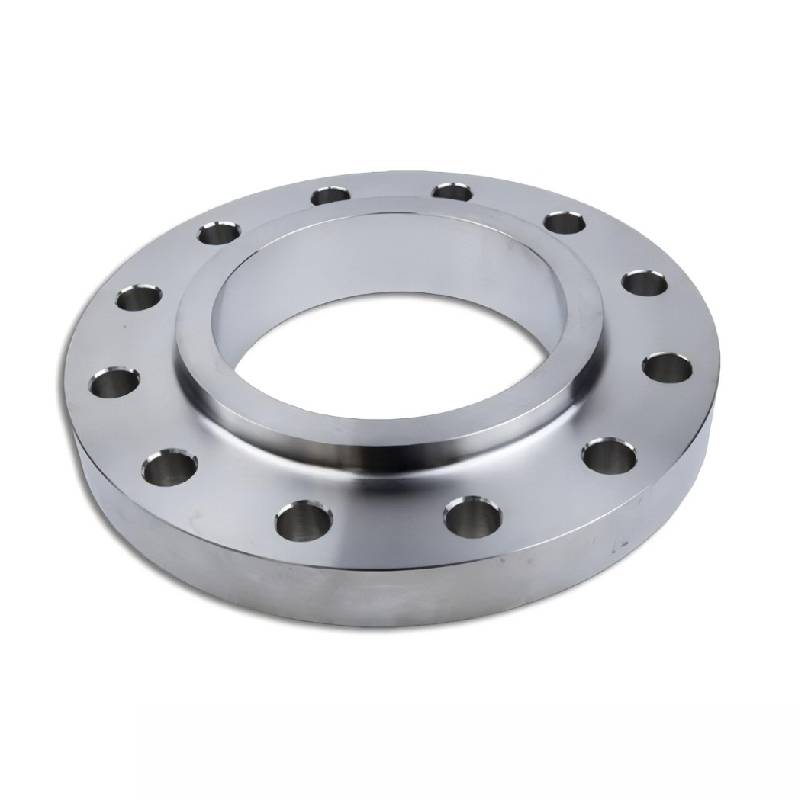-
Cangzhou Yulong Steel Co., Ltd.
-
Phone:
+86 13303177267 -
Email:
admin@ylsteelfittings.com
- English
- Arabic
- Italian
- Spanish
- Portuguese
- German
- kazakh
- Persian
- Greek
- French
- Russian
- Polish
- Thai
- Indonesian
- Vietnamese
- Zulu
- Korean
- Uzbek
- Hindi
- Serbian
- Malay
- Ukrainian
- Gujarati
- Haitian Creole
- hausa
- hawaiian
- Hebrew
- Miao
- Hungarian
- Icelandic
- igbo
- irish
- Japanese
- Javanese
- Kannada
- Khmer
- Rwandese
- Afrikaans
- Albanian
- Amharic
- Armenian
- Azerbaijani
- Basque
- Belarusian
- Bengali
- Bosnian
- Bulgarian
- Catalan
- Cebuano
- China
- China (Taiwan)
- Corsican
- Croatian
- Czech
- Danish
- Esperanto
- Estonian
- Finnish
- Frisian
- Galician
- Georgian
- Kurdish
- Kyrgyz
- Lao
- Latin
- Latvian
- Lithuanian
- Luxembourgish
- Macedonian
- Malgashi
- Malayalam
- Maltese
- Maori
- Marathi
- Mongolian
- Myanmar
- Nepali
- Norwegian
- Norwegian
- Occitan
- Pashto
- Dutch
- Punjabi
- Romanian
- Samoan
- Scottish Gaelic
- Sesotho
- Shona
- Sindhi
- Sinhala
- Slovak
- Slovenian
- Somali
- Sundanese
- Swahili
- Swedish
- Tagalog
- Tajik
- Tamil
- Tatar
- Telugu
- Turkish
- Turkmen
- Urdu
- Uighur
- Welsh
- Bantu
- Yiddish
- Yoruba

Nov . 28, 2024 02:54 Back to list
Designing Puddle Flanges for Effective Water Management in Concrete Walls
Understanding Puddle Flanges in Concrete Walls Design, Implementation, and Benefits
In the realm of civil engineering, managing water ingress in structures is a fundamental concern. One of the effective methods to address this issue is the use of puddle flanges in concrete walls. A puddle flange is a crucial component in waterproofing and managing the interaction between different materials used in construction, particularly at the points where pipes or conduits pass through concrete walls. This article explores the design, implementation, and benefits of puddle flanges in concrete walls.
What is a Puddle Flange?
A puddle flange is a circular or rectangular plate typically made of steel or another durable material, installed around the entry point of pipes in concrete walls. Its primary function is to create a watertight seal between the concrete and the pipe, thereby preventing water from seeping into or through the wall. When placed correctly, the flange sits flush against the concrete and provides a reliable mechanism to divert water away from critical areas, ensuring the integrity of the structure.
Design Considerations
When designing puddle flanges, engineers must take into account several critical factors
1. Material Selection The choice of material is vital for ensuring durability and resistance to corrosion, as puddle flanges are often exposed to water and moisture. Common materials include stainless steel, coated steel, and other corrosion-resistant alloys.
2. Size and Shape The dimensions of the puddle flange should correspond with the diameter of the pipe it will accommodate. An appropriately sized flange ensures a proper seal and prevents potential leaks. Depending on the application, flanges can be circular or rectangular.
3. Thickness The thickness of the pudding flange should be sufficient to withstand the pressure exerted by the backfill material and water. Engineers typically refer to established guidelines and standards to determine the optimal thickness.
4. Installation Angle The inclination of the flange is essential in deflecting water away from the penetration point. A slight slope helps ensure that water drains away, preventing accumulation around the pipe entry.
5. Sealant Application A high-quality sealant is often applied between the puddle flange and the concrete wall to enhance watertight integrity. Selecting the right sealant can significantly improve the durability and performance of the flange.
Implementation Process
puddle flange in concrete wall

The implementation of puddle flanges involves several steps to ensure their effectiveness
1. Site Preparation Before the concrete wall is poured, the site must be prepared to accommodate the flanges. This process includes marking the locations where the pipes will penetrate the wall.
2. Flange Installation During the pouring of concrete, the puddle flanges are installed at the designated locations. They must be securely placed to ensure they are adequately embedded in the concrete.
3. Pipe Installation Once the concrete sets, the pipes are installed through the flanges. The connection must be robust to maintain structural integrity.
4. Final Sealing After the pipes are in place, a final application of sealant around the flange ensures that any gaps are filled and water cannot seep through.
Benefits of Using Puddle Flanges
The use of puddle flanges in concrete walls provides several benefits
1. Waterproofing The primary advantage is enhanced waterproofing, vital for structures such as basements, water treatment facilities, and underground utilities.
2. Structural Integrity By preventing water ingress, puddle flanges help maintain the integrity of concrete structures, reducing the potential for cracks and corrosion over time.
3. Cost-Effectiveness Investing in puddle flanges during construction can save costs associated with repairs due to water damage in the future.
4. Versatility Puddle flanges are applicable in various scenarios, from residential to large-scale industrial projects, demonstrating their versatility in different construction environments.
In conclusion, puddle flanges are indispensable components in modern construction, ensuring the durability and longevity of concrete structures by preventing water ingress. Through thoughtful design and careful implementation, these flanges contribute significantly to the structural safety and functionality of buildings, making them a priority consideration for engineers and builders alike.
Latest news
-
ANSI 150P SS304 SO FLANGE
NewsFeb.14,2025
-
ASTM A333GR6 STEEL PIPE
NewsJan.20,2025
-
ANSI B16.5 WELDING NECK FLANGE
NewsJan.15,2026
-
ANSI B16.5 SLIP-ON FLANGE
NewsApr.19,2024
-
SABS 1123 FLANGE
NewsJan.15,2025
-
DIN86044 PLATE FLANGE
NewsApr.19,2024
-
DIN2527 BLIND FLANGE
NewsApr.12,2024
-
JIS B2311 Butt-Welding Fittings LR/SR 45°/90° /180°Seamless/Weld
NewsApr.23,2024











